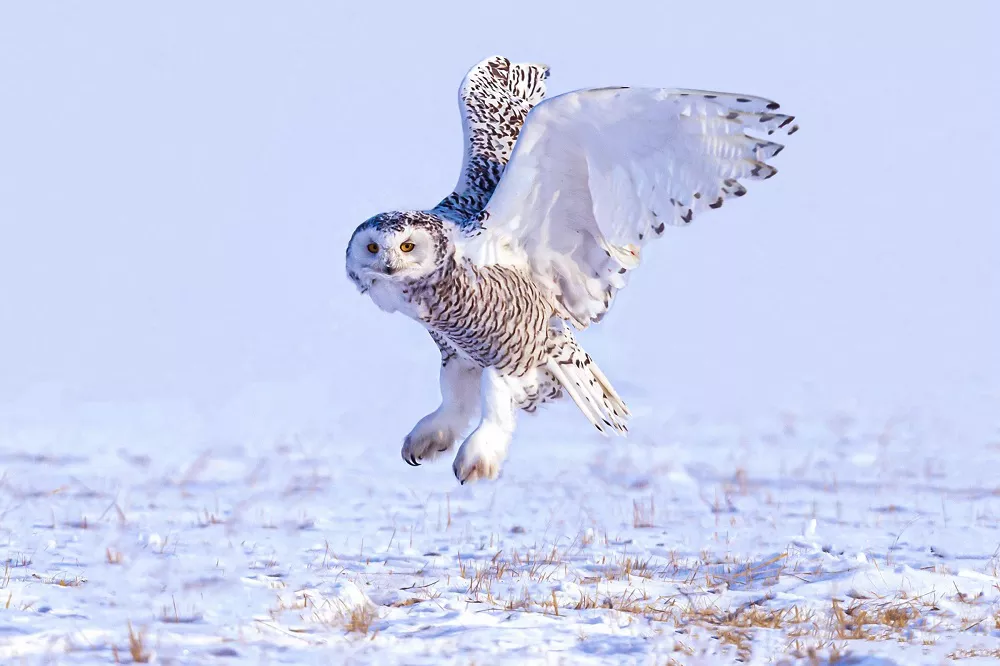Snowy owls are magnificent birds known for their stunning all-white plumage. These birds are typically found in the Arctic tundra, where they hunt for prey to survive. While snowy owls primarily feed on lemmings and other small rodents, they are opportunistic predators and have been known to target larger prey.
One such potential prey for snowy owls is the Arctic fox, a small mammal that also inhabits the Arctic region. However, the question remains: do snowy owls actually eat Arctic foxes? In this article, we will explore this topic in detail.
The Diet of Snowy Owls
Before delving into whether or not snowy owls eat Arctic foxes, let’s first take a closer look at the diet of snowy owls. As mentioned earlier, snowy owls primarily feed on small rodents like lemmings. In fact, lemmings make up around 90% of their diet during breeding season.
Aside from lemmings, snowy owls also consume other small mammals like voles, shrews, and mice. They may also prey on birds, particularly waterfowl like ducks and geese. In general, snowy owls are opportunistic hunters and will eat whatever food source is available to them.
Do Snowy Owls Eat Arctic Foxes?
With regards to whether or not snowy owls eat Arctic foxes, there have been some documented cases of this happening. According to a study published in the journal Arctic, researchers observed a snowy owl attacking and killing an Arctic fox in the Canadian Arctic. The owl then proceeded to feed on the fox for several days.
However, it’s worth noting that these instances are relatively rare. Snowy owls primarily feed on small rodents, as these are the most abundant prey in their environment. While they may occasionally target larger prey like Arctic foxes, this is not a common occurrence.
Factors that Influence Prey Selection
So, what factors influence the prey selection of snowy owls? One important factor is the availability of prey. Snowy owls tend to target prey that is abundant in their environment, as this makes hunting more efficient.
Another factor is the size and mobility of prey. Small rodents like lemmings are easy for snowy owls to catch, as they are stationary and do not move around much. Larger prey like Arctic foxes may be more challenging to catch, as they are faster and more agile.
Finally, the breeding season may also play a role in prey selection. During this time, snowy owls need to consume large amounts of food to support their young. As a result, they may switch to larger prey that provides more nutrition than small rodents like lemmings.
Conclusion
In conclusion, while snowy owls primarily feed on small rodents like lemmings, they are opportunistic predators and have been known to target larger prey like Arctic foxes. However, these instances are relatively rare, and snowy owls generally stick to smaller prey that is abundant in their environment.
The diet of snowy owls is influenced by various factors, including the availability and size of prey, as well as the breeding season. Understanding these factors can help us gain insight into the feeding habits of these magnificent birds and how they adapt to their environment.
Overall, while it’s possible for snowy owls to eat Arctic foxes, this is not a common occurrence. These birds are adapted to hunt small rodents, and this remains their primary source of food in the Arctic tundra.
Related topics:


 Facebook
Facebook  Instagram
Instagram  Youtube
Youtube 